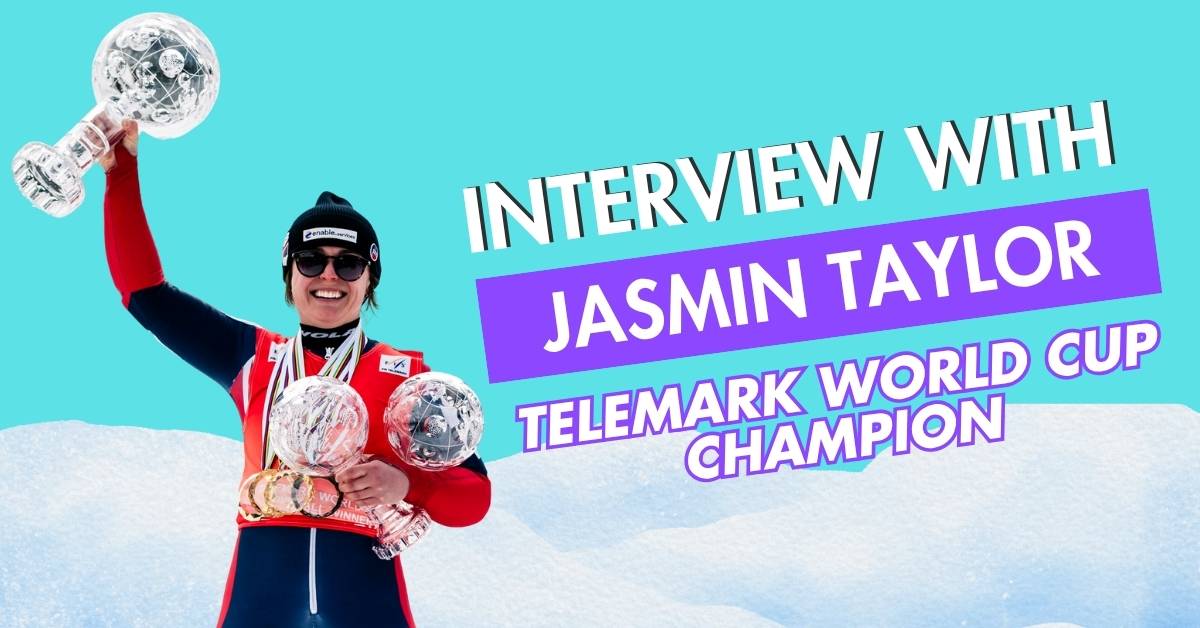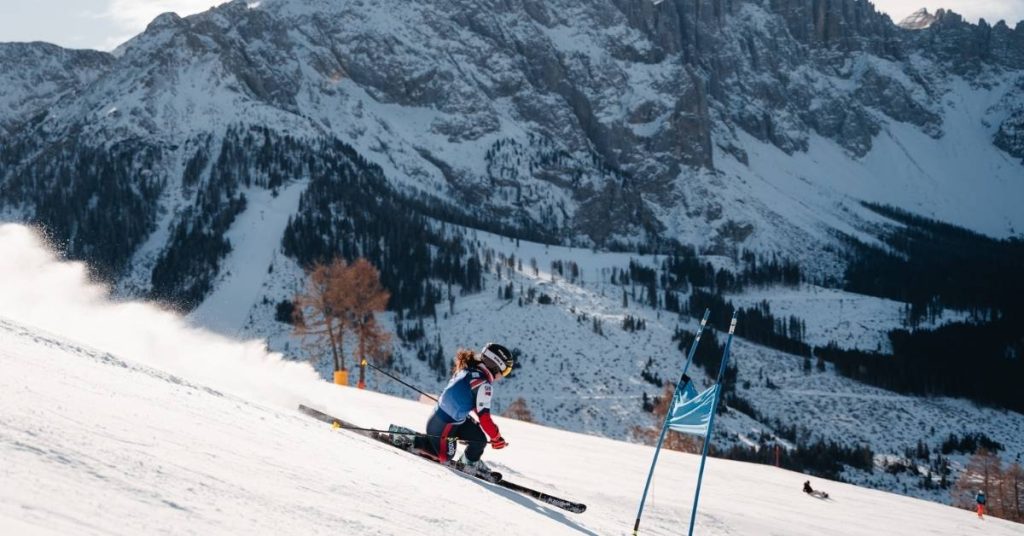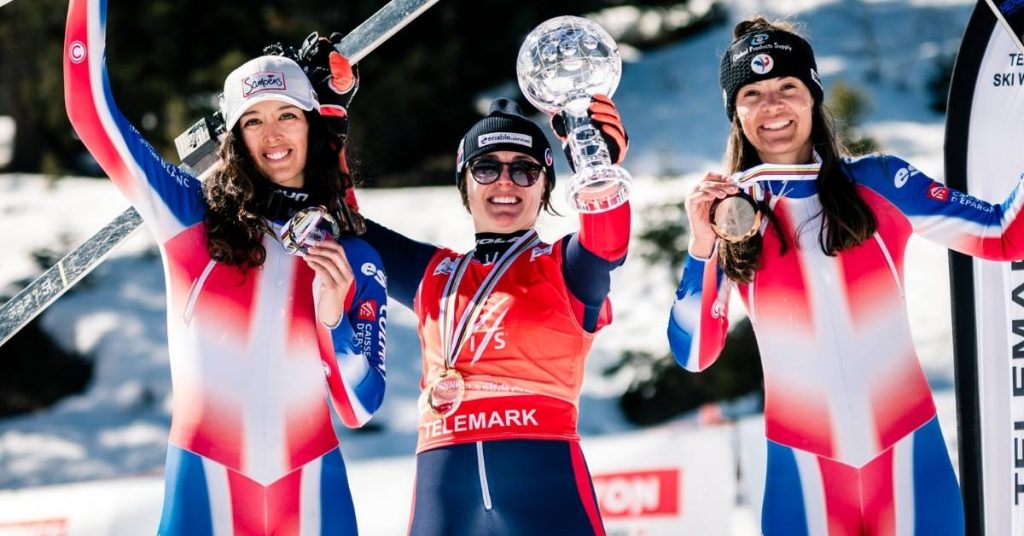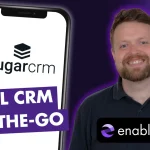Interview with Jasmin Taylor
Telemark Skiing World Cup Champion
We interviewed Ipswich-born Telemark Skiing World Cup Champion, Jasmin Taylor about her season and her sponsorship with enable.services! Keep reading to hear her advice on how to get into Telemark skiing and how company sponsorships helps sports people. Or, watch the full video interview. ⛷️

Jasmin, let’s start with the season—how did it go for you?
Yeah, quite okay. It actually started really well, and then mid-season I picked up a bit of illness and ended up with a chest infection. So at that point, I was starting to think things were derailing. But by the end, I got back on track and things were going really well. I managed to pick up three of the four major trophies in the World Cup season, which was kind of beyond my own expectations—so yeah, I’m really pleased.
You're now the most decorated British athlete in skiing or snowboarding, at least in terms of World Cup results. Did you know that?
That’s based on the number of World Cup podiums and World Championship medals—so it’s a nice thing to hear. But I always tell people, Telemark is quite a small sport. It’s probably not the most accurate way to measure the “best” athlete overall.
Alpine skiing is a powerhouse winter sport. It’s like comparing a tennis player to… I don’t know, something much smaller scale. I can’t think of the best example, but basically, it’s a sport where fewer people compete.
So while I don’t want to undersell what’s happened—because it’s a big deal—there is a bit of perspective needed with that title.

Is there anything specific you’d credit for getting you to this level of success—whether in Telemark or skiing in general?
Even though Telemark is a small skiing discipline, I’ve always treated it like it’s an Olympic sport. I give it everything I have. I think that’s important—if you want to be successful in anything, you’ve got to always do your best.
It sounds obvious, but you have to keep the standard high in every area.
And then, a big part of success is being able to keep going. That’s where sponsors like enable.services have helped. All the people and organisations that have supported me along the way—that support is what allows you to stick at something. And that’s what really makes the difference in the long term.
What does that support actually look like, practically?
Practically speaking, it helps pay for flights, coaching costs, gym memberships—basically all the things you need to compete, train, and stay fit.
But it’s also more than that. It gives you a sense that someone’s backing you. It might sound a bit corny, but it really is touching when a company—or anyone, really—believes in your story and wants to support what you’re doing. It gives you a real confidence boost.
In my case, that’s exactly how it happened. I met Joe at an event and he just said, “I’ll help you.” And I was like, “Really?” And he said yes—and then he brought me into the wider team and company.
I see how you guys are always doing things together—dragon boat races, charity events, that running event you all did. You’re always supporting each other, doing good in the community. So it’s more than just a business, and more than just being an athlete—it’s about having a positive impact too. That’s something I really value.

For people in the UK who might want to get into skiing—or even a sport like Telemark—where do they start?
The best place to start is your local dry slope. For us in Ipswich, we’ve got Suffolk Ski Centre. You go there, get some lessons, and then those slopes usually have race clubs.
So you might do a Saturday workshop each week, and if you’re progressing well or want to take it further, you can get invited into the race club. Then you train weekly or twice a week, and start competing—usually in Alpine ski racing like slalom.
There are actually hundreds of races each year across the UK. From there, you can get picked up by a race academy. That’s what happened to me—I met the British Ski Academy at a dry slope camp, and then went away with them on snow.
There are definitely a few race academies now, plus ski clubs that take kids away to train on snow. So while it’s maybe not as accessible as basketball or football, there are pathways if you’re interested.
Do you think schools could be doing more to introduce kids to winter sports?
A lot of schools already have ski trips—state schools and private schools both. There is a cost, of course, but some schools even have race teams, and they compete for their school.
There’s funding and infrastructure out there, kind of like when you go to district sports or athletics meets—you can do the same with skiing. There are associations and organisations that set those events up. I don’t know all the details, but I know it’s happening.
Would you recommend Telemark specifically to someone new? How did you end up choosing it?
Telemark’s definitely a bit more niche. The equipment isn’t as accessible as Alpine gear. So if you’ve never skied before and you’re from the UK, the best starting point is to learn Alpine skiing on a dry slope.
Once you’ve got the hang of that, you can look into Telemark gear, find an instructor, and learn the basics. From there, it’s about finding someone to practice with.
There are snow domes like Snow Centre in Hemel Hempstead and Chill Factore in Manchester—those places make learning the technique a bit easier. But I do know people who’ve learned Telemark on dry slopes and had a lot of fun with it. So it’s definitely possible.



